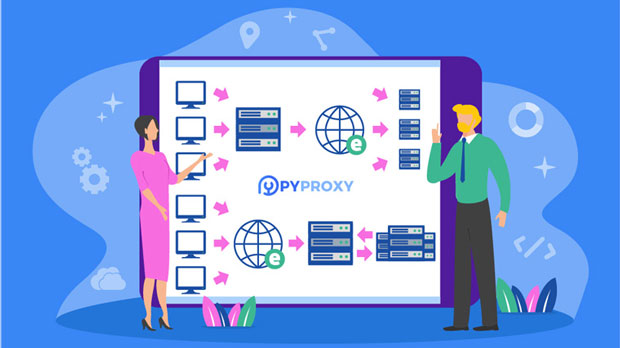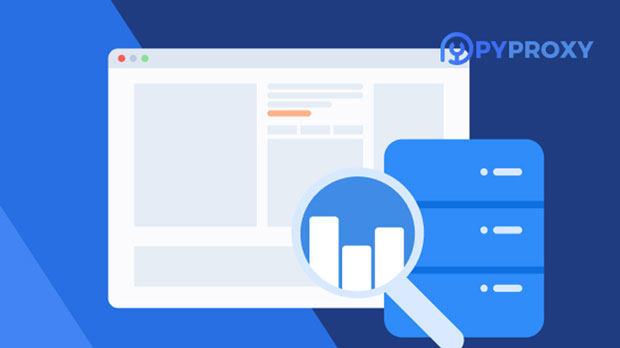Choosing the right SOCKS5 configurator can be a challenging task, especially for beginners who are not yet familiar with how these tools work. SOCKS5 is a versatile proxy protocol that offers several benefits, including improved security, speed, and the ability to bypass geographic restrictions. However, to fully leverage these benefits, users need to select a configurator that suits their technical abilities, needs, and specific usage scenarios. This article aims to guide beginners in understanding what factors to consider when selecting a SOCKS5 configurator and how to choose the best one to ensure both security and ease of use. Understanding SOCKS5 and Its Use CasesBefore diving into how to choose a configurator, it's important to understand what SOCKS5 is and why it is useful. SOCKS5 is a type of proxy server that allows users to route internet traffic through an intermediary server. Unlike traditional proxies, SOCKS5 works at a lower level in the network stack, meaning it can handle any type of internet traffic, including web browsing, gaming, and torrenting.For beginners, the primary benefit of SOCKS5 is its ability to provide an extra layer of security and privacy by masking the user's IP address. This can be helpful when accessing restricted content, bypassing censorship, or maintaining anonymity online. Additionally, SOCKS5 supports both IPv4 and IPv6, making it a versatile choice for various network configurations.Key Factors to Consider When Choosing a SOCKS5 Configurator1. Ease of UseFor beginners, ease of use is one of the most critical factors when selecting a SOCKS5 configurator. A user-friendly interface can save a lot of time and frustration, especially if you are not tech-savvy. Look for configurators with simple, intuitive setups that do not require advanced technical knowledge.Some configurators offer step-by-step wizards or automated setup processes, making it easier for beginners to get started. Additionally, make sure the configurator supports popular operating systems such as Windows, macOS, and Linux to ensure compatibility with your devices.2. Speed and PerformanceSpeed is another crucial factor to consider when selecting a SOCKS5 configurator. Since socks5 proxies route internet traffic through third-party servers, the speed of these servers will impact your browsing and online activities. Choose a configurator that provides access to high-performance servers for optimal speed and minimal latency.Many configurators allow you to select specific servers based on location, enabling you to choose servers that are geographically closer to your location to reduce lag. It is also important to test the configurator's speed regularly to ensure it meets your expectations.3. Security FeaturesAlthough SOCKS5 offers enhanced privacy compared to regular proxies, the level of security can vary depending on the configurator you choose. For beginners, it’s important to prioritize security when selecting a configurator to ensure your online activities are safe and your personal information is protected.Look for configurators that support encryption options, such as SSL or TLS, to secure your traffic from potential eavesdroppers. Additionally, some configurators offer additional features like authentication, which adds another layer of protection by requiring you to input a username and password before accessing the proxy.4. Compatibility with Your Devices and ApplicationsThe configurator you choose should be compatible with the devices and applications you plan to use. SOCKS5 is versatile, but not all configurators work with every operating system or application. For instance, some configurators are tailored for use with web browsers like Chrome or Firefox, while others are better suited for torrent clients, gaming platforms, or other specialized software.Ensure that the configurator you select supports the programs you intend to use it with. Additionally, check for cross-platform support, allowing you to use the same configurator on multiple devices, such as your laptop, smartphone, or desktop.5. Support and DocumentationAs a beginner, you may encounter issues while setting up or using your SOCKS5 configurator. That’s why having access to good customer support and comprehensive documentation is essential. Look for configurators that offer easy-to-understand user guides, FAQs, and troubleshooting tips.Some configurators also provide 24/7 customer support through live chat or email, which can be helpful if you encounter any technical problems. It’s important to choose a configurator that offers reliable support channels to ensure you can resolve any issues quickly.6. Cost and Payment OptionsWhile there are free SOCKS5 configurators available, many of the high-quality options come with a price. When selecting a configurator, consider your budget and whether the features offered justify the cost. Some configurators offer free trials, allowing you to test their functionality before committing to a paid plan.Additionally, consider the payment options available. Some configurators may offer flexible payment plans, including monthly or annual subscriptions, while others may have a one-time purchase fee. Choose a configurator that fits within your budget and provides good value for the features you need.7. Reviews and ReputationFor beginners, reading user reviews and researching the reputation of a SOCKS5 configurator can provide valuable insights into its performance, reliability, and ease of use. Look for user feedback on trusted forums, tech websites, and social media platforms to get an idea of how well the configurator works in real-world scenarios.Be cautious of configurators that have limited or negative reviews, as these may indicate poor performance or potential security risks. A well-established configurator with positive feedback is more likely to provide a reliable and secure experience.How to Set Up Your SOCKS5 ConfiguratorOnce you’ve selected the right SOCKS5 configurator, the next step is to set it up. Although the process may vary depending on the configurator, most will require you to input the SOCKS5 server address, your username, and password (if applicable). After entering this information, you can test the connection to ensure it’s working correctly.For beginners, it’s important to follow the setup instructions carefully and take your time. Most configurators will offer detailed step-by-step guides to help you through the process. If you run into any problems, consult the configurator’s documentation or contact customer support for assistance.ConclusionChoosing the right SOCKS5 configurator is essential for ensuring that you can use the protocol effectively and securely. By considering factors such as ease of use, speed, security features, compatibility, and support, beginners can make an informed decision when selecting a configurator. Take the time to research your options and choose a configurator that meets your specific needs and preferences. With the right configurator, you can enjoy all the benefits that SOCKS5 has to offer, from enhanced privacy to faster internet speeds.
Jan 14, 2025
![arrow]()




























































